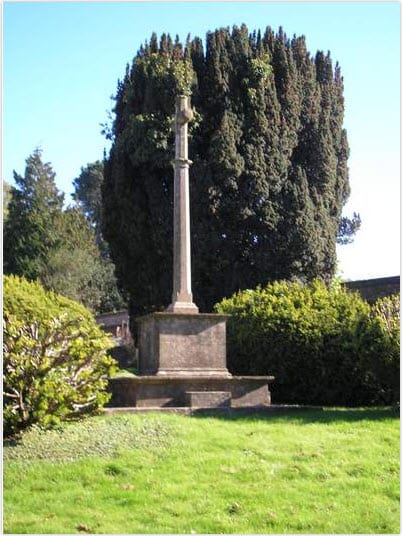Woolhampton is a village and parish eight miles west of Reading and six miles east of Newbury. The A4 divides the parish, with most of the population the living on the northern side. The southern portion is crossed by the river Kennet and the Kennet and Avon Canal, on which stands Woolhampton lock. There are several lakes. The River Enborne forms part of the parish’s southern boundary.
The GWR also runs through the parish, although the station in Woolhampton is called Midgham station, supposedly because of confusion between Woolhampton and Wolverhampton.
Size
719 acres (407 hectares)
Population
602 in 1851; 886 in 2011
Hundred
Theale
Poor Law union
Bradfield
Registration district
Newbury
Present-day local authority
West Berkshire
Grid reference
SU 57 66
Adjoining parishes in 1851
Aldermaston, Beenham, Brimpton, Bucklebury, Midgham and Wasing
Genealogical resources
See Berks FHS Books for coverage of this parish in the society’s range of CDs.
See also Berkshire Record Office holdings.
Links
Woolhampton parish council website
Published local history by John Trigg
- Before the fountain: a view of Victorian Woolhampton and Midgham
- As we were 1901-1930: a view of Edwardian and Georgian Woolhampton and Midgham
- A time of change: Woolhampton 1930 – 1940
- Village collection: more old tales of Woolhampton, Midgham, Brimpton and Wasing
- Austerity to affluence: Woolhampton, Midgham, Brimpton & district 1945-1960
Anglican church and parochial organisation
Woolhampton is a rectory, now one of six churches in the benefice of Aldermaston and Woolhampton.
The church of St Peter stands on a hill to the north of the village. It was rebuilt in 1857. A 12th-century font is said to be buried under the floor.
Other churches
St Mary’s Roman Catholic church was enumerated in the 1851 census. Now in Kiff Green Lane, it is attached to Douai Abbey and serves the Catholic parish of Woolhampton.
A Congregational chapel was built in 1768.
Schools
In 1833 Woolhampton was found to have two daily schools (one supported by the Countess of Falmouth and one paid for by parents), a Sunday school supported by the rector, and an Independent Dissenters’ Sunday school.
Woolhampton has Roman Catholic connections deriving from the inheritance of the estate by an Irish peer, the Earl of Fingal, in the eighteenth century. In the 1851 census a Catholic chapel was enumerated, headed by a parish priest, and housing dozens of schoolboys (boarding) from all over the UK and overseas; this may have been the second daily school noted in 1833. In 1903 the Benedictine Douai Abbey and School (a public school for boys) were established here, on being expelled from France. Douai Abbey school closed around 2000, and its land was given over to building 75 new dwellings. The Benedictine monastic community remains.
Today Woolhampton has a Church of England primary school, probably the successor to the village school noted in 1833 and enumerated in the 1851 census.
Woolhampton House, the seventeenth-century former manor house, now houses Elstree School, a preparatory school which moved out of London during the Second World War.
Pubs
Woolhampton had several pubs, the first two of which were former coaching inns on the A4:
- the Falmouth Arms, which closedin the late twentieth century;
- the Angel, rebuilt in 1931, still in business;
- the Rising Sun, which is currently closed, but claimed to be seventeenth-century;
- The Rowbarge, still in business alongside the Kennet and Avon Canal. A cottage built here in 1815 was listed in 1830 as a beer shop called William IV.
Other local history
Woolhampton was part of a 2,000-acre estate, owned by the family of Viscount Falmouth. It was sold in 1856 to a London merchant, James Blyth. The estate was broken up at the beginning of the twentieth century.
 War Memorial
War Memorial
by Margaret Young
Standing in a corner of the churchyard of St Peter’s Church, Woolhampton Hill, Upper Woolhampton, the memorial commemorates those who died in both World Wars.
OS ref SU577677
